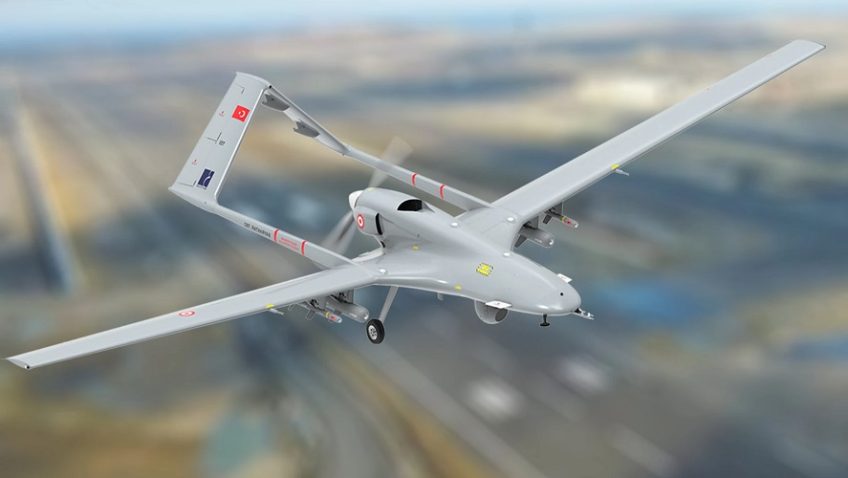The Turkish Bayraktar and Iranian Chahed drones have created a new reality in the world of weapons and warfare, especially the Russian-Ukrainian war. Western countries have begun to fear the spread of these drones, including southern European countries that do not want Turkish and Iranian drones in North African countries like Morocco and Algeria.
In this respect, one of the great characteristics of the Russian-Ukrainian war is the way it has turned into a confrontation with weapons manufactured by countries classified as third world or emerging and which were not present on the world arms market until recently, namely Turkey and Iran. This war was marked by a confrontation between Turkish drones used by the Ukrainian army and Iranian drones operated by the Russian army.
Although these drones have been used in previous wars such as Azerbaijan and Armenia, the Russian-Ukrainian war is the real test because of their success in evading some of the world’s most advanced air defence systems, both Western and Russian.
Several countries, particularly in the Third World, have begun to seek to buy Turkish and Iranian drones. The Iranian press reported, citing an Iranian official, that nearly 90 countries have asked Iran to sell them drones, especially suicide drones, including China, which in turn manufactures highly sophisticated drones.
These drones have created a new military reality, as poor countries will no longer spend hundreds of millions of dollars to buy advanced weapons from the West. With the price of each fighter plane ranging from $50 to $100 million, plus high maintenance costs, these countries will buy Turkish and Iranian drones. Among the countries betting heavily on drones are Morocco and Algeria, where both countries have started to increase the volume of purchases of these drones, Iranian and Turkish drones for Algeria and Turkish drones for Morocco.
The southern European countries of Italy, Spain and France are deeply concerned about the new orientation of the armies in North Africa. The arms race between the Moroccan and Algerian armies has had the unexpected result of narrowing the military gap between the two shores of the western Mediterranean in a way that has not occurred for more than two centuries. Indeed, both countries have received anti-aircraft systems, missiles and launchers from countries such as Russia and China.
Former French foreign intelligence director Alain Juillet said last November that Algerian submarines are capable of paralysing the western Mediterranean. While Spanish military reports indicate that Morocco has protected its airspace with advanced Chinese defence systems and has launchers capable of reaching the depths of Spain.
Now, according to the military discussions that are taking place in light of the presence of Turkish and Iranian drones in the Russian-Ukrainian war, the armies of southern Europe are expressing real concern about the reality created by Iranian and Turkish drones, which have begun to mark their presence in North Africa.
Interestingly, Turkish or Iranian drones perform almost the same function as a fighter plane, and the difference is that Iranian drones, for example, are hundreds of times cheaper than a Western fighter. Even tens of times cheaper than a single missile used by Western fighters. These drones are capable of bypassing air defence systems and carrying out deep strikes on the territory of certain countries.
The concern remains that Iran will not sell these drones to the West, while Turkey is reluctant to sell them to Western European countries at the moment. On the other hand, European countries have not developed UAVs, so North African countries are making progress for the first time in the quality of some of the weapons that armies on the northern shore of the Mediterranean lack.
US Secretary of State Antony Blinken tweeted on Tuesday that Iranian drones threaten the stability of the Middle East. More than one European military official supports the same thesis, but about Iranian or Turkish drones in the western Mediterranean.

